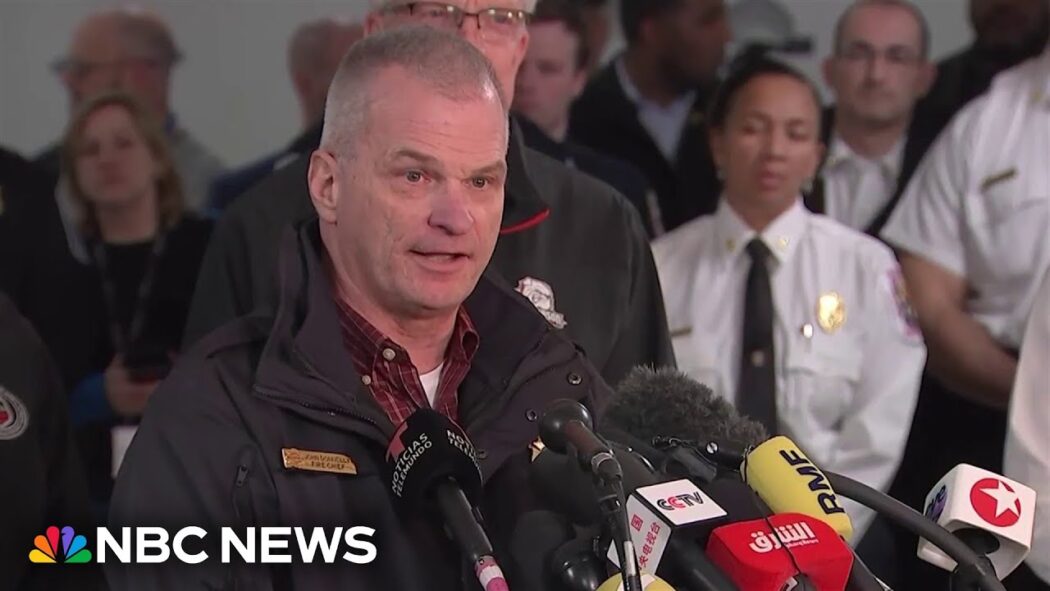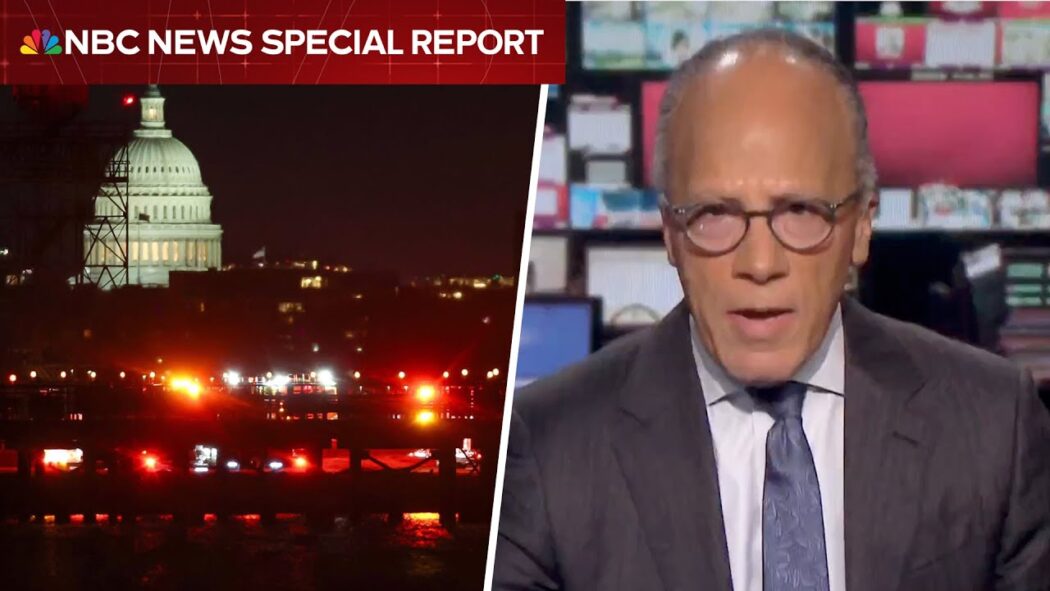India needs more world-class telescopes to do competitive research in Astronomy: Anupama
G C ANUPAMA, president, Astronomical Society of India (ASI), Saturday said India needs more observational facilities and telescopes in order to do competitive research at par with the global community.
Try Adsterra Earnings, it’s 100% Authentic to make money more and more.

She was delivering the presidential address at the 40th ASI meet hosted at IIT-Roorkee and jointly organised with Aryabhatta Research Institute of Observational Sciences (ARIES), Nainital.
“India is lagging in observational facilities, thus making us dependent for data on other (global) facilities. This is not a happy situation. India needs to improve the observational facilities and have access to multi-wavelength and multi-messenger facilities,” said Anupama. The Giant Metrewave Radio Telescope in Pune, she said, remains among the few world-class facilities available in India. “Apart from some telescope facilities working between the 1 metre to 4 metre class, India otherwise does not have telescopes in the optical and infra-red spectra that function in ranges between the 8 metre to 10 metre class for doing competitive science,” she said.
According to Anupama, Astronomy, over the recent decades, has grown with a lot of synergy present now in doing science. With India’s participation in the mega science projects like the Thirty Metre Telescope, Laser Interferometer Gravitational Wave Observatory and the Square Kilometre Array projects, a stronger astronomy community was required.
India with a unique longitudinal positioning and places like Ladakh hold promising locations to set up suitable telescopes in future, proposals for which are under consideration, she said. “We need to expand also to the submillimetre region — the area of star formation. There is a need to upgrade and network the existing telescope facilities with the global ones, especially for studying transient objects,” she said.
Earlier in the day, the ASI 2022 was formally inaugurated by Professor K Vijay Raghavan, Principal Scientific Adviser to the Government of India. “I urge the Indian astronomy community to plan forward-looking and futuristic research plans which will help India make significant contribution in global mega science projects,” he said.
In his virtual address, he further elaborated on artificial intelligence (AI) and machine learning (ML) and their growing uses.
Anupama talked about the current areas of research and mentioned that Astronomy was among the top areas included in the Mega Science Vision Document – 2035, an effort led by the office of Principal Scientific Advisor. This document will be a roadmap for deciding future course of research covering nuclear science, high energy physics, astronomy and astrophysics, accelerator-based science and technology and climate research, ecology and environment.
More Story on Source:
*here*
India needs more world-class telescopes to do competitive research in Astronomy: Anupama
Published By

Latest entries
 allPost2025.01.30Dozens killed in crowd crush at world’s largest religious festival in India
allPost2025.01.30Dozens killed in crowd crush at world’s largest religious festival in India allPost2025.01.30Over 300 first responders are working scene of plane crash, officials say
allPost2025.01.30Over 300 first responders are working scene of plane crash, officials say allPost2025.01.30American Airlines CEO offers condolences on D.C. plane crash
allPost2025.01.30American Airlines CEO offers condolences on D.C. plane crash allPost2025.01.30Special Report: American Airlines regional jet crashes after collision with Black Hawk helicopter
allPost2025.01.30Special Report: American Airlines regional jet crashes after collision with Black Hawk helicopter




